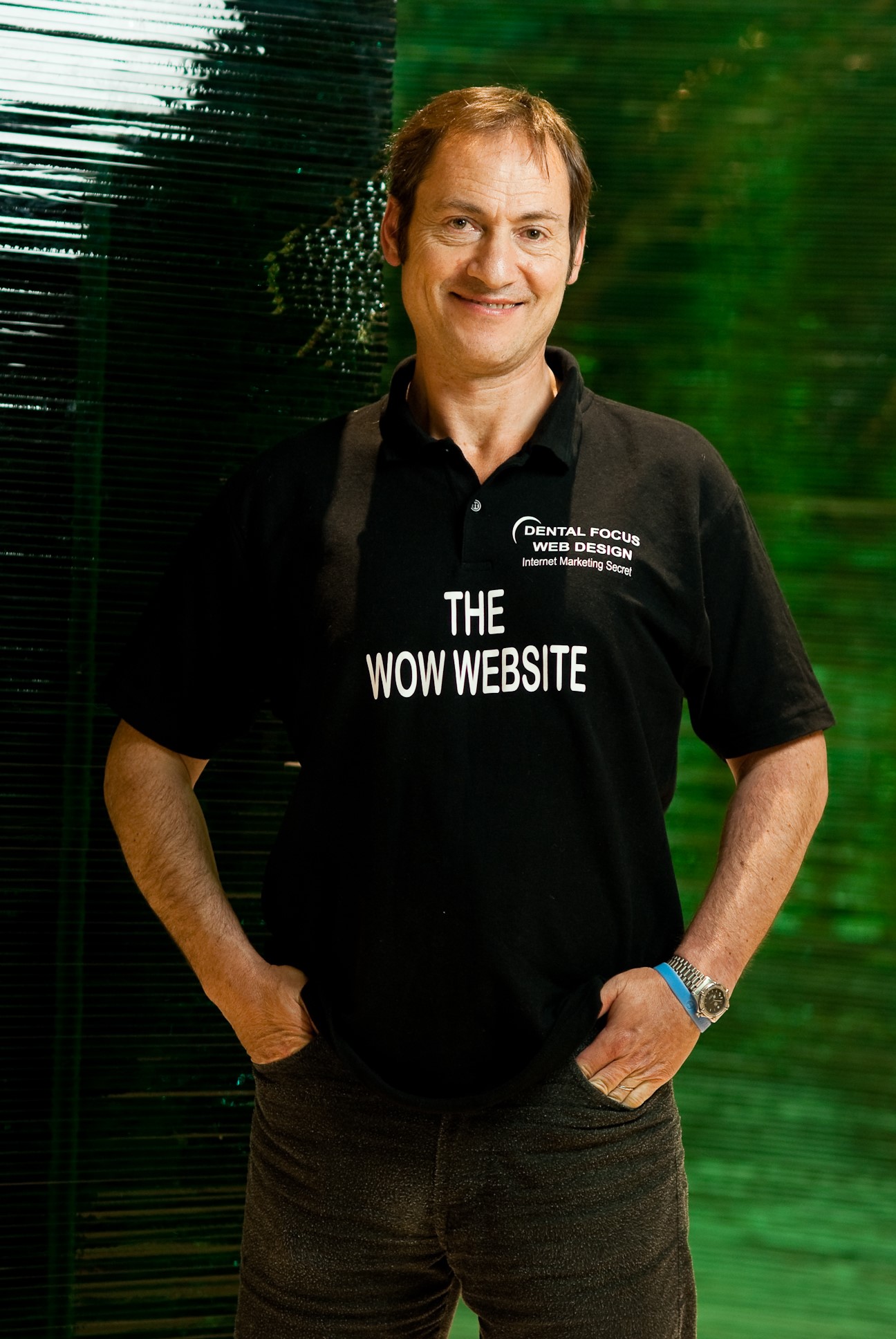How do you describe the editing process of an essay?
How do you describe the editing process of an essay? See 2022 update
Text editing is the process of making changes to a text to improve it and make it more appealing to the reader. Professional text editing is the joint work of the editor and the author on the content of the text, it’s literary processing, editing, and technical editing.

Not every student can to do this on their own. Fortunately, professional essay editors are available to help students with this task. If you do decide to work on your text without help, you can use our checklist of valuable tips.
Types of text editing
Editing a scholarly work is different from editing an advertisement booklet or a poetry collection. The editing procedure is built based on the original text, its length, and its complexity.
It is customary to distinguish between three types of editing:
- Scientific;
- Literary;
- Tech.
In scientific editing, the editor checks the accuracy of the material presented, and the facts in the text, proofread formulas, drawings, documents, and checks quotations against primary sources. The editing of a scientific text is carried out by a specialist.
When editing translations, the text is first proofread against the original to assess the correctness of its meaning, after which the editor checks its stylistics, vocabulary, and punctuation for compliance with the rules of the English language.
Stages of text editing
Text editing consists of the following steps:
- Initial proofreading;
- Editorial proofreading of the layout before going to press;
- Final review before production of the print run.
The editorial preparation of a text for publication takes place in three stages.
The first stage is the familiarization with the text and the definition of the editing tasks. Here the editor assesses the extent to which the pre-set parameters - volume, genre, subject - are met. He identifies the main strengths and weaknesses of the manuscript. At this stage, the editor draws up an idea of what the text could ideally be based on the available version. The editor decides whether to return the material for revision with recommendations and comments or accept the manuscript for work.
The second stage is a detailed analysis of the text. The purpose of this stage is to identify as fully and accurately as possible the text's substantive and stylistic strengths and weaknesses. In the second stage, the editor decides whether the text needs to be edited and determines the extent of edits.
The third stage of text editing is editing. Each text is determined by a different degree of editorial intervention. It depends on how deeply and accurately the author has worked through the content of the material and its style.
The work of the editor has a creative nature, which is manifested at all stages of the text. The editor has a ready-made text as a starting point for his or her work. The editor evaluates the text, analyses it as an element of the communication system as a whole, and relates its content to personal observations, knowledge, professional and life experience, as well as to what other sources of information have to say on the subject.
General and professional erudition as well as high intelligence in literary editing are not just the basis of a person's general culture, but a necessary technological requirement. The more erudite the editor, the more he can apply his knowledge to his work, and the more successful the work is since it will be much easier for the editor to evaluate the content of the work, ask the author clarifying questions, and seek additional information on the subject. It will also be easier for the editor to call upon the necessary experts to advise him or her on the subject.

